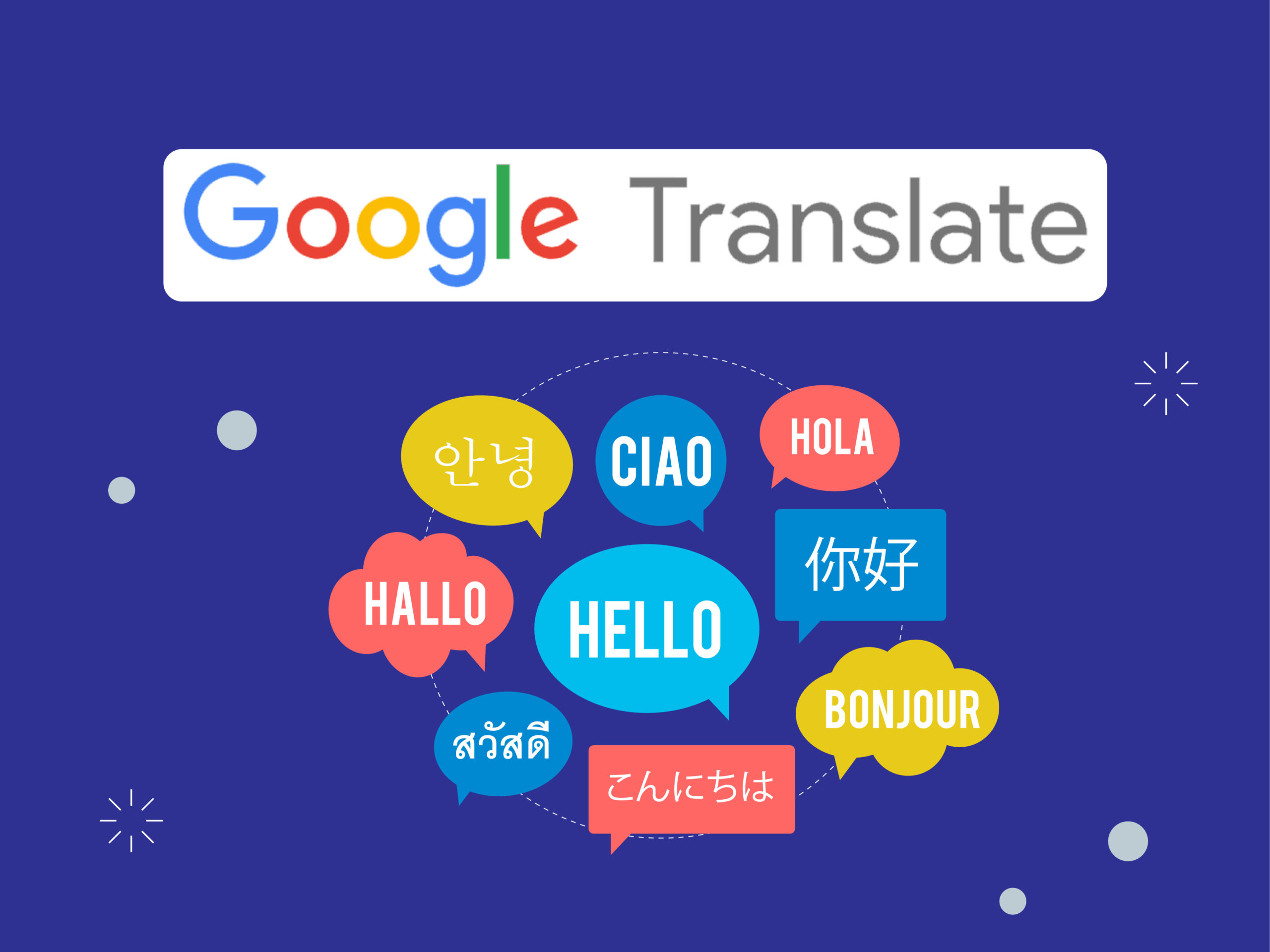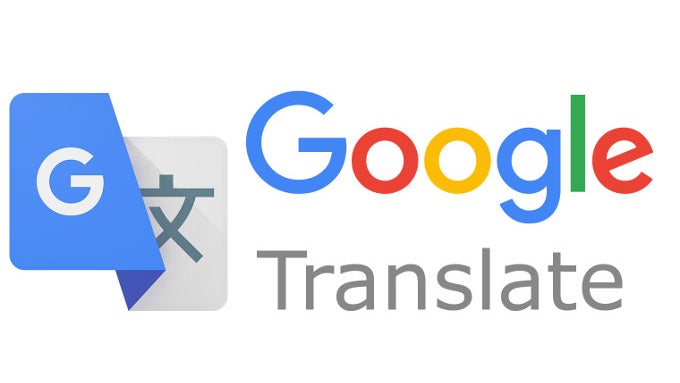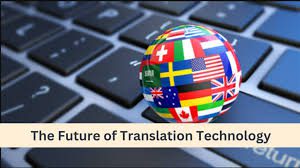
Google Translate is a powerful online language translation service developed by Google. While it incorporates elements of artificial intelligence (AI), it is not accurate to categorize it as an AI “blog” per se. In this discussion, we will explore the background of Google Translate, its underlying technology, the role of AI in its development, and the impact it has had on language translation.
Introduction: Google Translate Overview
Google Translate was launched in 2006 and has since become one of the most widely used machine translation services globally. The primary goal of Google Translate is to break down language barriers and facilitate communication between individuals who speak different languages.
The Technology Behind Google Translate
1. Statistical Machine Translation (SMT):
In its early stages, Google Translate relied on statistical machine translation. This approach involves analyzing large bilingual corpora to derive patterns and relationships between words in different languages. While effective to some extent, SMT had limitations, especially in capturing nuances and context.
2. Transition to Neural Machine Translation (NMT):
In 2016, Google implemented a significant upgrade by transitioning from SMT to Neural Machine Translation. NMT utilizes deep neural networks to improve translation accuracy. This shift marked a substantial improvement in the quality of translations, as neural networks could better understand context and produce more natural-sounding results.
The Role of Artificial Intelligence (AI) in Google Translate
1. Machine Learning Algorithms:
AI, particularly machine learning, plays a pivotal role in Google Translate. The system learns from vast amounts of multilingual data, allowing it to recognize patterns, grammar structures, and contextual nuances in different languages.
2. Deep Learning and Neural Networks:
The implementation of neural networks in NMT is a form of deep learning. Neural networks, inspired by the human brain’s structure, can process complex information and learn intricate patterns, making them highly effective in language translation tasks.
3. Continuous Learning:
Google Translate is not a static tool; it continuously learns and improves. As more users interact with the service, providing corrections and feedback, the system adapts and refines its translations. This constant learning process is a hallmark of AI applications.
Challenges and Limitations of Google Translate

1. Accuracy and Nuances:
Despite advancements, Google Translate is not flawless. It may struggle with idiomatic expressions, cultural nuances, and context-specific meanings. The lack of understanding of idioms can result in translations that sound awkward or inappropriate.
2. Language Diversity:
While Google Translate supports a vast number of languages, not all language pairs have the same level of accuracy. Lesser-known languages or languages with complex structures may pose challenges for the system.
3. Privacy Concerns:
The use of AI in Google Translate raises privacy concerns, especially when dealing with sensitive or confidential information. Users should be cautious when translating sensitive content, as it involves sharing data with Google’s servers.
Impact on Communication and Globalization
1. Cross-Cultural Communication:
Google Translate has significantly impacted cross-cultural communication, making it easier for individuals and businesses to interact across language barriers. This has facilitated international collaboration and understanding.
2. Accessibility:
The accessibility of Google Translate through web browsers and mobile applications has made it a ubiquitous tool. Travelers, students, and professionals rely on it to navigate linguistic challenges, contributing to a more connected world.
Future Developments and Ethical Considerations
1. Advancements in AI and Translation:
As AI technology continues to advance, Google Translate is likely to see further improvements. The integration of more sophisticated algorithms, enhanced neural network architectures, and increased computing power may lead to even more accurate translations.
2. Ethical Considerations:
The use of AI in translation raises ethical questions, including concerns about bias, privacy, and the potential misuse of translated content. As the technology evolves, it is essential to address these ethical considerations to ensure responsible and equitable use.
Translation plays a crucial role in bridging linguistic and cultural gaps, facilitating communication, and fostering understanding among diverse communities. Its significance extends beyond the mere conversion of words from one language to another; it serves as a powerful tool with multifaceted benefits that contribute to various aspects of human interaction, global cooperation, and cultural enrichment.
First and foremost, translation enables effective communication between people who speak different languages. In a globalized world where individuals, businesses, and governments interact on an international scale, the ability to convey ideas accurately across linguistic boundaries is essential. Whether in diplomacy, business negotiations, or everyday conversations, translation facilitates the exchange of information, promoting cooperation and preventing misunderstandings.
Moreover, translation is instrumental in the dissemination of knowledge and information. It allows access to literature, scientific research, and academic resources that may be originally written in a language unfamiliar to the reader. Through translation, valuable insights and advancements in various fields can be shared and applied globally, contributing to the collective progress of humanity.
Cultural exchange is another area where translation plays a pivotal role. It allows people to explore and appreciate the richness of diverse cultures, literature, and art forms from around the world. By making literary works, films, and other cultural expressions accessible to a wider audience, translation serves as a bridge that fosters mutual respect and appreciation among different communities.
In the realm of business, translation is indispensable for companies seeking to expand their reach in international markets. Product information, marketing materials, and legal documents need to be accurately translated to resonate with target audiences and comply with local regulations. This not only facilitates trade and commerce but also enhances the global competitiveness of businesses.

Legal and diplomatic spheres heavily rely on translation for the smooth functioning of international relations. Treaties, agreements, and legal documents must be translated accurately to ensure that the intent and implications are clearly understood by all parties involved. In the absence of accurate translation, legal disputes and diplomatic tensions could arise, undermining the stability of relationships between nations.
In the digital age, the role of translation has become even more pronounced with the rise of the internet and online content. Social media, websites, and digital platforms have made information accessible on a global scale. Translation services are essential for making this content available to a broader audience, breaking down language barriers and fostering a more interconnected world.
Furthermore, translation contributes to the preservation of languages and cultural heritage. As languages evolve and some face the risk of extinction, translation efforts help document and maintain linguistic diversity. It ensures that the wisdom embedded in ancient texts, folklore, and traditions is not lost, promoting a sense of identity and continuity for communities around the world.
In conclusion, the benefits of translation are vast and profound. From facilitating communication and fostering cultural exchange to driving economic growth and preserving heritage, translation serves as a cornerstone of global interconnectedness. In a world characterized by linguistic diversity, the ability to translate effectively is an invaluable skill that promotes understanding, cooperation, and harmony among people of different languages and cultures.
Conclusion
In conclusion, while Google Translate is not an AI blog, it is a prime example of how AI and machine learning have transformed language translation. The transition from statistical machine translation to neural machine translation has significantly improved the accuracy and naturalness of translations. Despite its advancements, challenges persist, and users should be aware of its limitations. The impact of Google Translate on global communication is undeniable,
